Smoking Does Not Cause Cancer
Fine Print Warning! You Are Now Entering the Weeds!
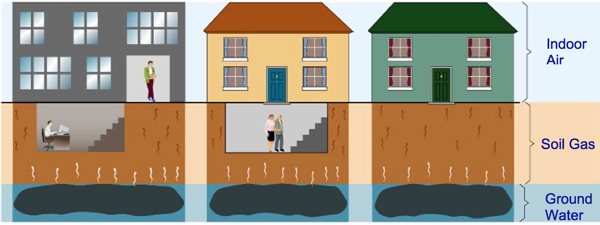 Where are the underground utility lines that act as “preferential pathways”? (source: NJ DEP)
Where are the underground utility lines that act as “preferential pathways”? (source: NJ DEP)
Just kidding with that headline! (and no, this is not about the denial of global warming science).
But, seriously, how would you react if the US Surgeon General issued a tobacco industry and cancer health document that went into great detail and conducted a scientific literature review of various studies that linked lung cancer to causes OTHER than smoking.
And then the Surgeon General recommended that the tobacco companies consider these other studies and that they alone be allowed to make the medical DIAGNOSES and CAUSE OF LUNG CANCER.
Absurd you would say, right?
Of course the tobacco companies should never be allowed to do that and of course it would be absurd for a government health agency to tee up science to let the tobacco industry off the hook
Well that’s exactly what DEP has done in the new “Vapor Intrusion Guidance Document”.
I initially missed this in my post last week, probably because DEP initially did not post the technical Appendices to the new Vapor Intrusion Guidance.
Well, after a heads up from a friend, I just got around to reading the technical Appendices and came across this outrage. The problem with the DEP VI Guidance  is far worse than I originally thought.
Check out this introduction –
Introduction
For over 20 years, it has been known that many volatile organic chemicals are present in the indoor air of homes (Wallace 1986). While small contributions from outdoor air concentrations of volatiles may occur, indoor levels are typically higher (Sexton et al. 2004, Weisel et al. 2005). This is due to indoor sources of these chemicals, including the use of consumer products, the presence of home furnishings, carpeting or other building materials, the use of construction materials and fuels, and activities such as smoking and cooking. Also, vapors from gasoline, other fuels, and other chemicals may invade the indoor air space from an attached garage (Weisel et al. 2008). For this reason, when investigating the possibility of vapor intrusion occurring in homes and other buildings, it should be evaluated whether or not volatile contaminant concentrations measured in homes are present due to these sources, rather than from vapor intrusion from underlying contaminated ground water or soil.
Now keep in mind that the “investigations” referenced in this text are conducted by private consultants to polluters, with no government oversight. The consultants use “best professional judgment” and their decisions have regulatory status, i.e. are dispositive – they make the “diagnosis”.
This DEP recommendation is found in Appendix G. Appendices G and H address so called “background” levels in buildings caused (allegedly) by various consumer products and building materials.
If you read those sections, you see that DEP has provided a cookbook of how to blame “background” sources (household products) for the problems instead of groundwater pollution.
DEP also does a scientific literature review so that the consultants and polluters have “sound science” on their side.
Providing a scientific basis to blame other sources of pollution for the problem (i.e. household products, not groundwater pollution) and then allowing a private consultant to make  his own “best professional judgment” with no government oversight is incredibly stupid.
And no different than the Surgeon General writing a report for the tobacco companies on how to blame lung cancer on other stuff instead of cigarettes.
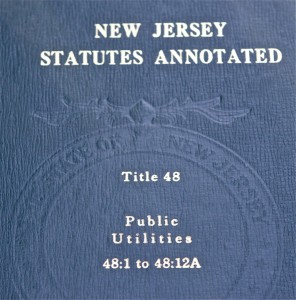
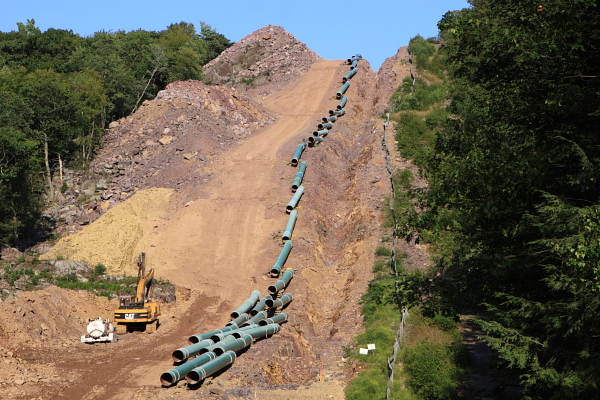
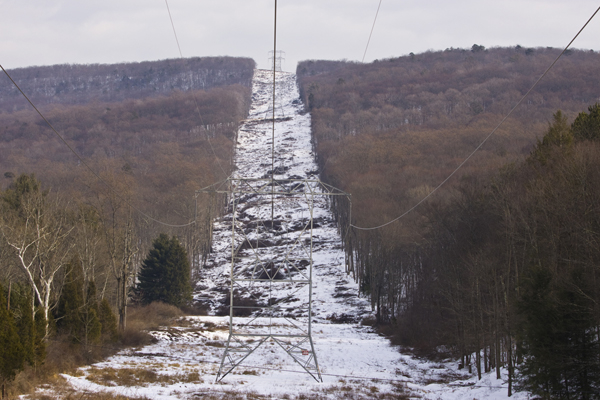
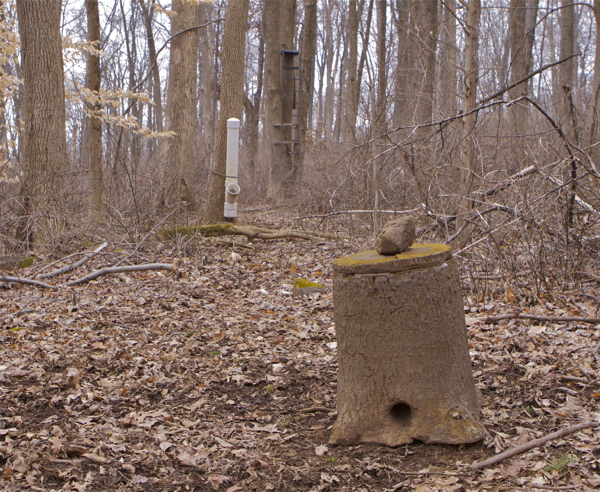
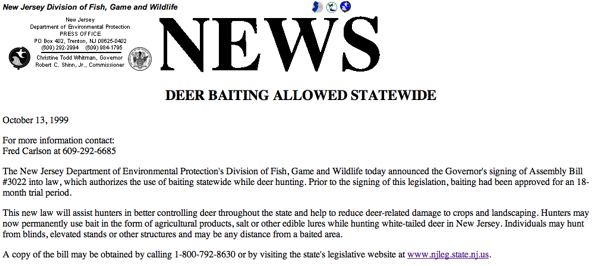
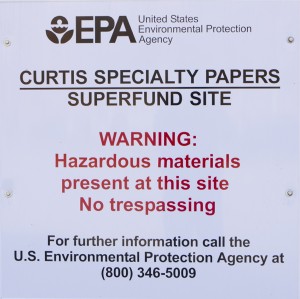 From our good
From our good